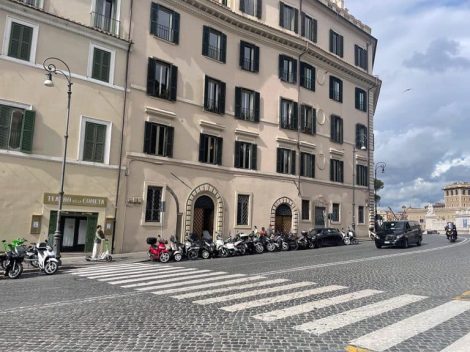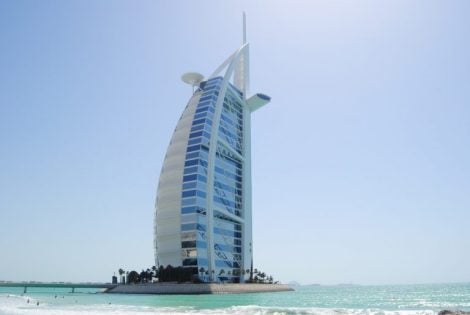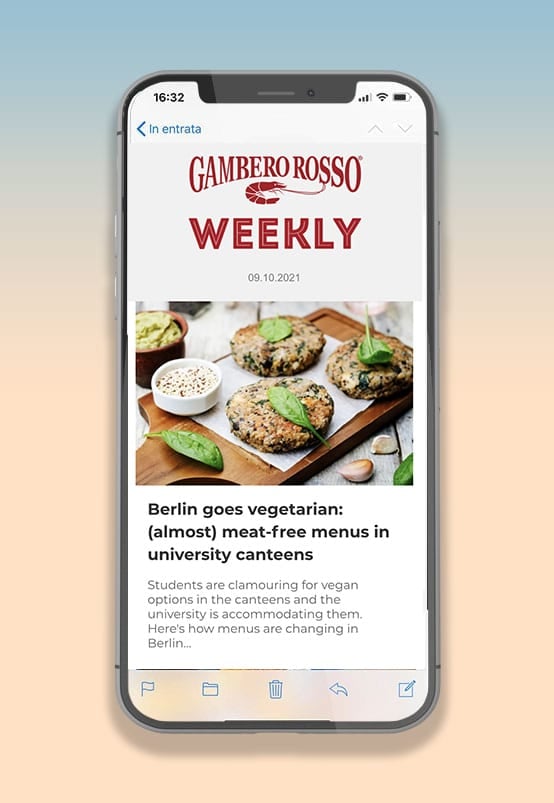January and February mark the low season for historic city centres: naturally, after the Christmas holidays, both domestic and international tourism declines. However, there is one venue in the heart of Rome that seems completely unaffected by this trend, even in this quiet start to the year—despite the Jubilee—when the centre of the capital has seen a significant drop in footfall. That venue is Barnum, a specialty café with an international soul on Via del Pellegrino, breaking records day after day. Every single day, dozens of people patiently queue, waiting for a seat at one of its tables.
The reasons behind its success
The venue is of high quality, and so is the staff, but that alone doesn’t explain the crowds, which are usually more typical of places with a different kind of appeal—those with low prices and an offering that plays up to Italian or Roman traditions (think of cases like Antico Vinaio or Osteria da Fortunata). Barnum, on the other hand, is an establishment that originally opened as a bar and cocktail bar many years ago, back in 2009, before reinventing itself as a specialty café in 2020. The key to its success lies in its strong identity and almost single-product focus: above all, specialty coffee, accompanied by French and Northern European-inspired pastries, with a daily brunch offering on top.
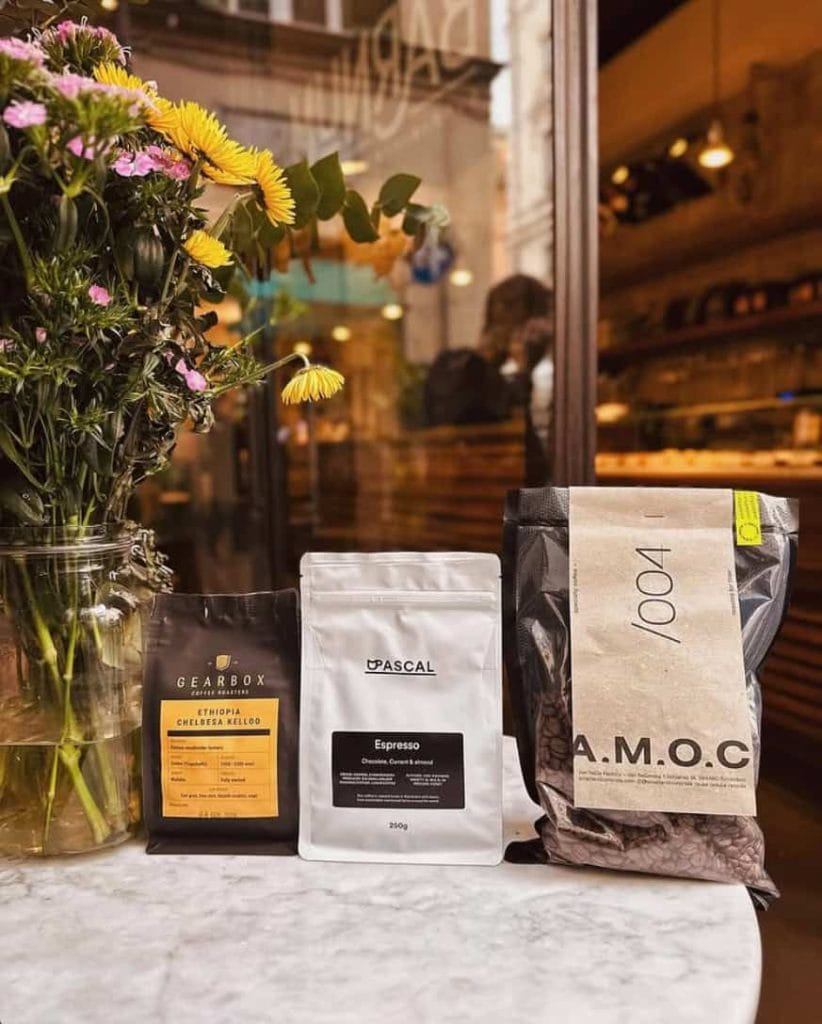
photo instagram.com/barnumroma
The power of specialisation
Over the past decade, multifunctional venues have been a widespread trend in restaurant marketing strategies. However, in recent years, the opposite trend has emerged: highly specialised concepts that focus on a single product and make it their signature. The advantages are clear, particularly in terms of a well-defined offering. However, this approach must also overcome the risk of becoming static—either by positioning itself in a high-traffic area with constant visitor turnover (Barnum, located just steps from Campo de' Fiori and Piazza Navona, certainly has this advantage) or by ensuring an ever-evolving experience with a consistently high quality standard. Barnum seems to have hit the mark on both fronts.
The Barnum experience
The clientele—predominantlyinternational— who come here and patiently queue (a phenomenon virtually unheard of in Italy before the rise of social media) are, in turn, highly specialised: they are coffee lovers who have discovered Barnum through mentions in reels, guides, rankings, and international magazines. They come here to take their time, sit inside, and choose from a monthly selection of beans sourced from high-quality micro-roasteries across Europe, often introduced exclusively to Barnum’s audience. The various brewing methods are expertly executed, thanks to the undeniable professionalism of the staff.
The range of excellent pastries caters to the international bakery trends that are so popular these days: kouign-amann, croissants with lemon curd, Danish pastries with apple and cinnamon, pancakes, and pain suisse, all offered in seasonal variations.
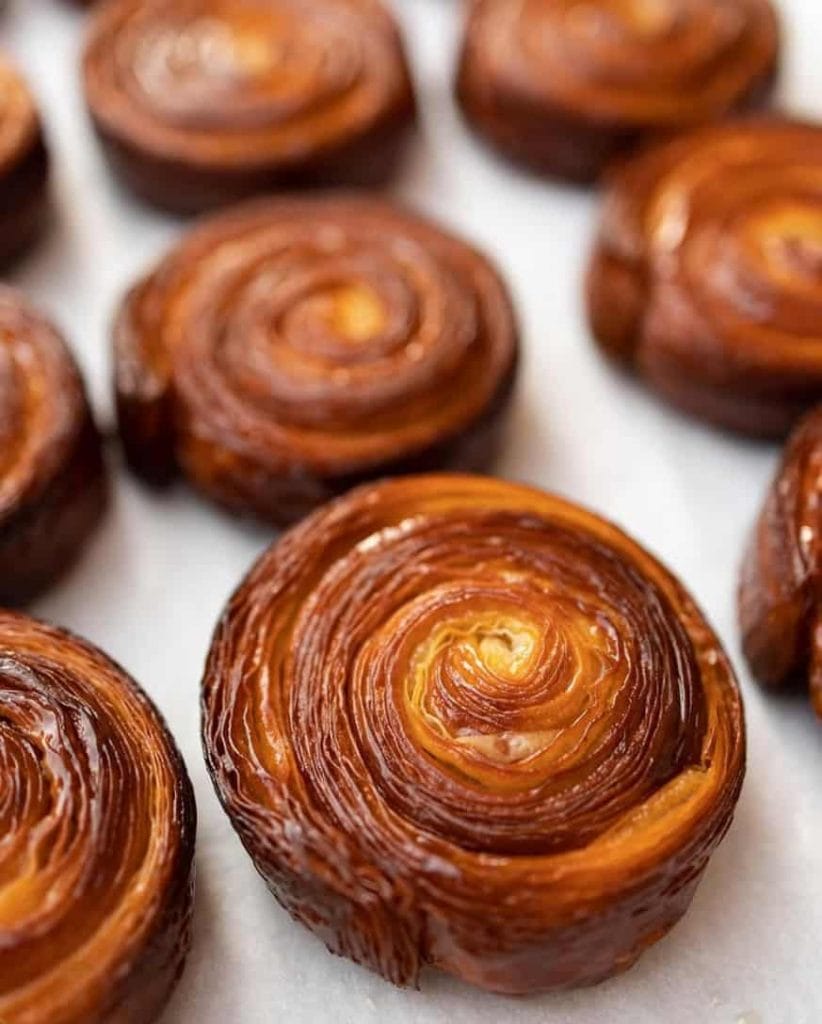
photo instagram.com/barnumroma
And what if you don’t want to queue?
For those unwilling to wait hours at Barnum, there is an alternative: ordering drinks and food at the counter. In the classic Italy vs. the world café culture divide, it is mostly us locals who order an espresso or cappuccino to drink standing up, without staying for more than a few minutes. It’s part of our coffee culture, but there’s also a practical reason: in a non-touristic daily routine, who really has the time to queue for breakfast or lunch?

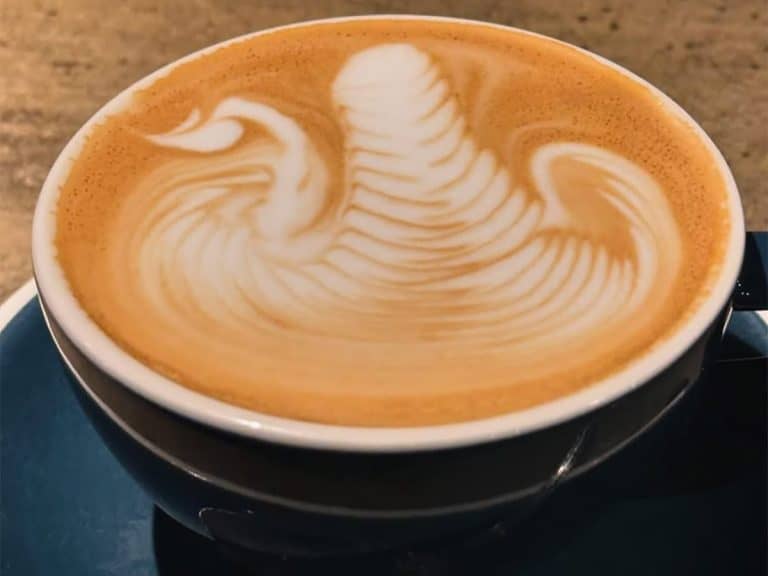
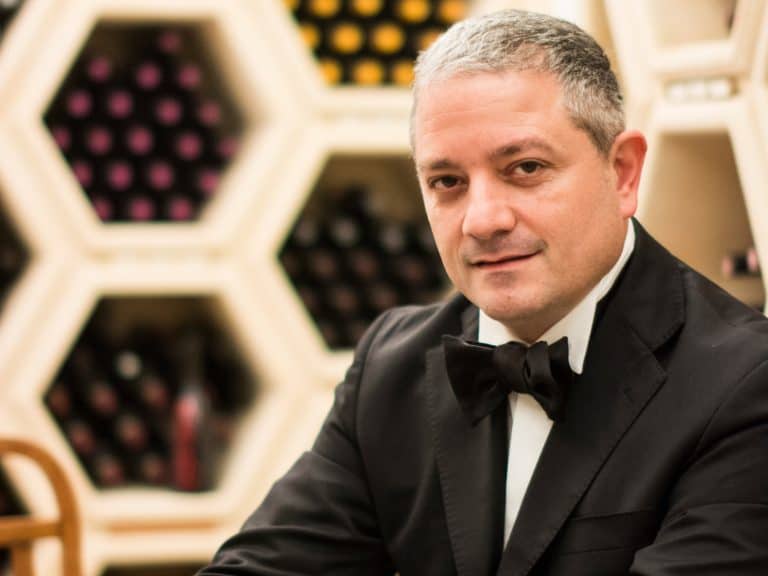 "They open venues with improvised wine lists. Dealcoholized at La Pergola? I'm working on It." Interview with Marco Reitano
"They open venues with improvised wine lists. Dealcoholized at La Pergola? I'm working on It." Interview with Marco Reitano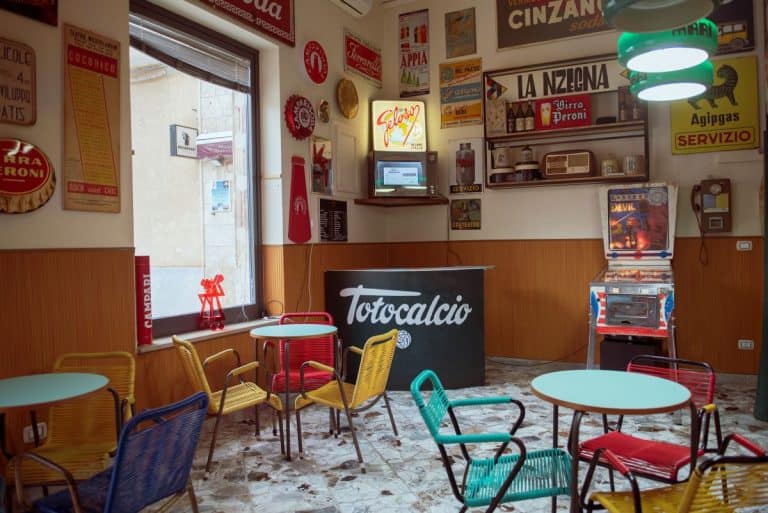 In Puglia, there’s a bar where it still feels like the 1960s
In Puglia, there’s a bar where it still feels like the 1960s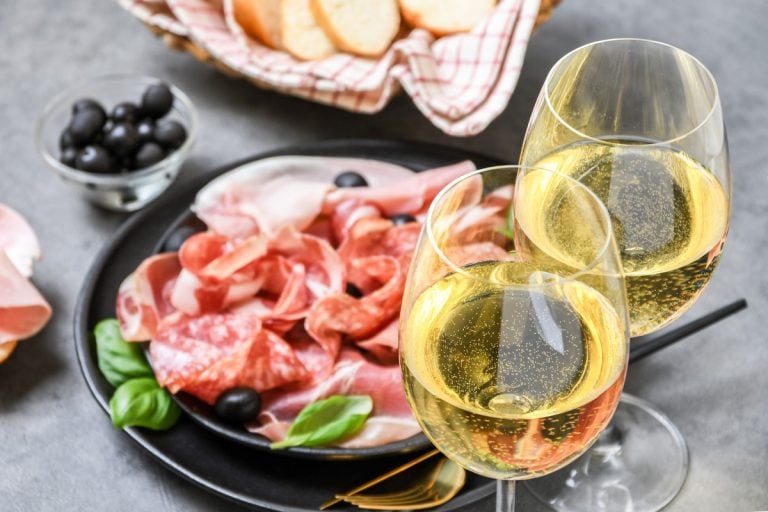 The Moscato d'Asti and Canelli with the best value for money chosen by Gambero Rosso
The Moscato d'Asti and Canelli with the best value for money chosen by Gambero Rosso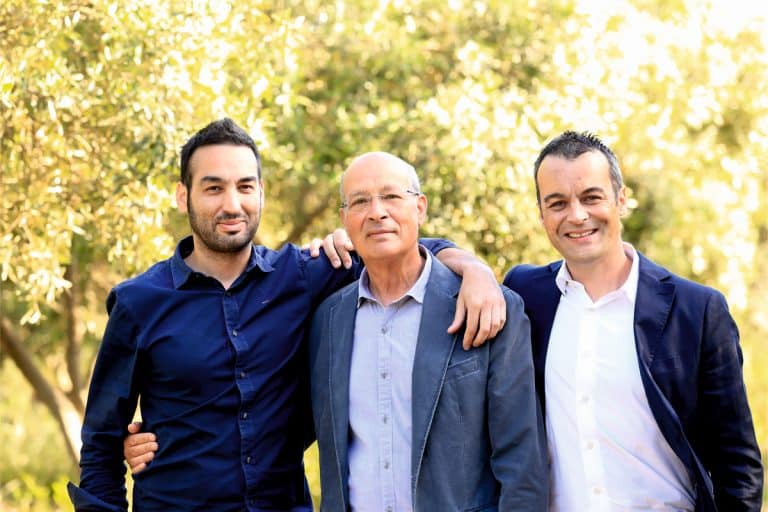 The Vermentino wine from Sardinia with the best value for money is produced by a major olive oil company. Here’s which one
The Vermentino wine from Sardinia with the best value for money is produced by a major olive oil company. Here’s which one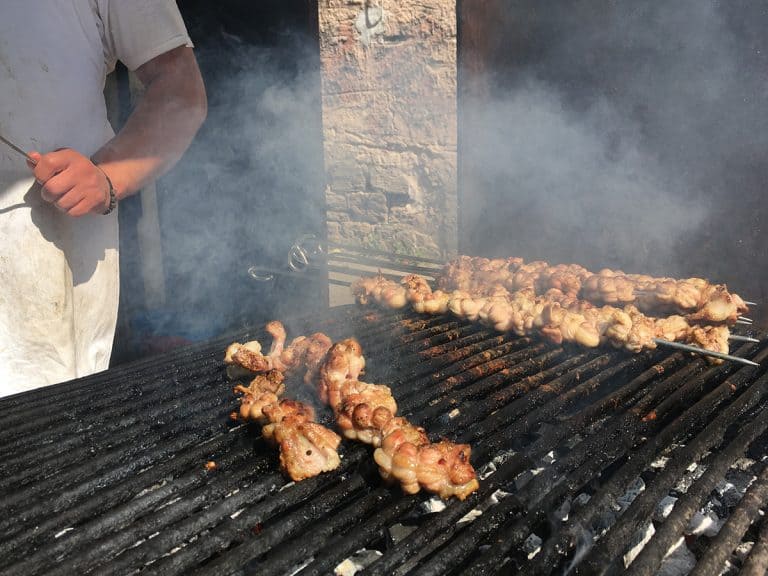 The thousand street specialities of Palermo’s oldest market
The thousand street specialities of Palermo’s oldest market